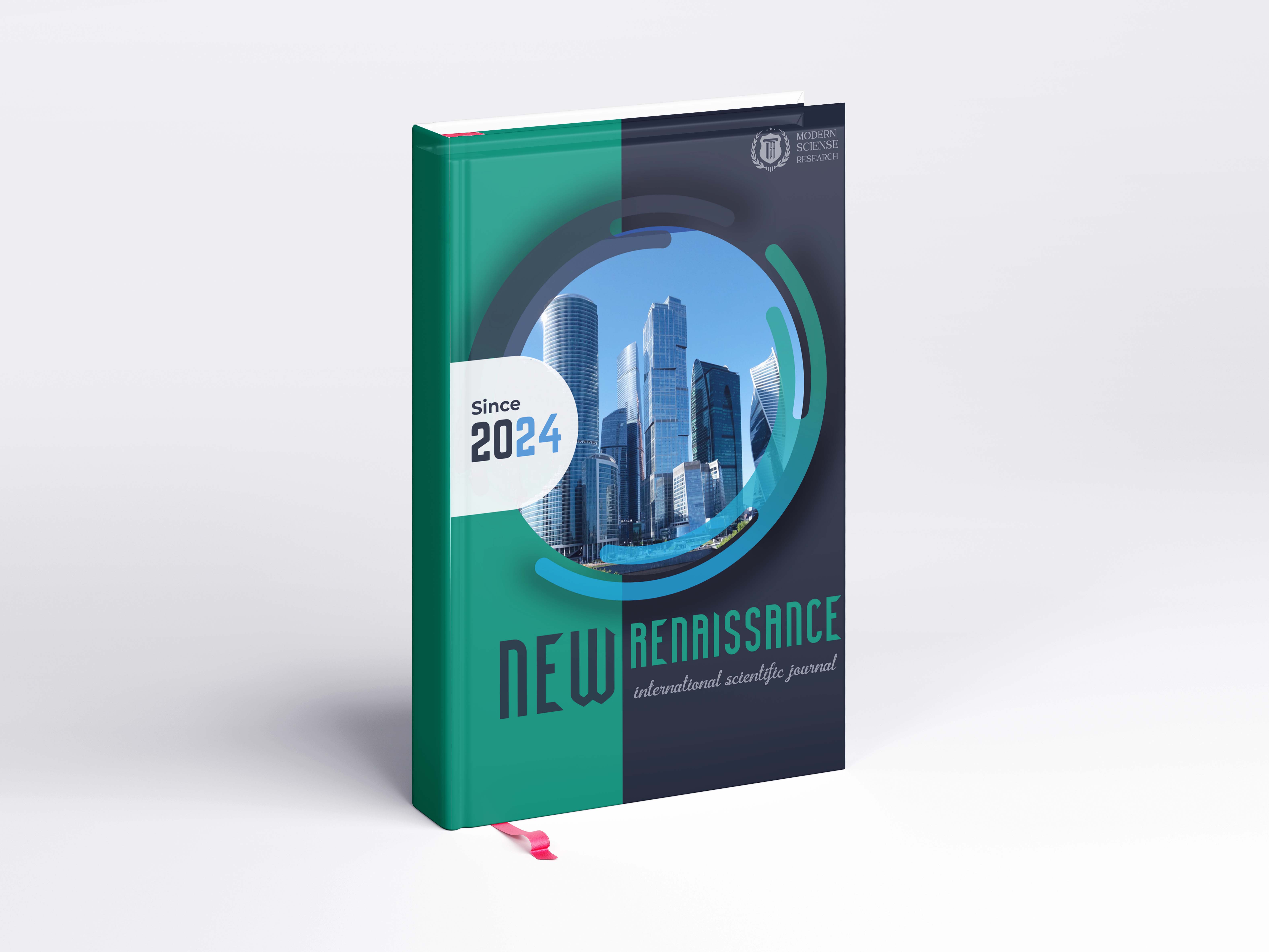Abstract
This article presents a comparative semantic analysis of lexical units related to wedding day ceremonies in Uzbek and German languages. Since linguistic units serve not only as components of language systems but also as expressions of culture and values, their significance in cultural and religious contexts is studied. In Uzbek, words such as “to‘y”, “kelin salom”, and “yor-yor” relate to traditional rituals, while in German, concepts like “Hochzeit”, “Polterabend”, and “Brautkleid” reflect different societal approaches to marriage. The article highlights intercultural similarities and differences of these lexical items and explains, from a linguistic standpoint, how wedding ceremonies are expressed through language.
References
Kramsch C. Context and Culture in Language Teaching. – Oxford: Oxford University Press, 1993. – P.198.
Cates K. Global education and English language teaching // ELT Journal.
– London, 1990. – Vol. 44 (2). – P.111–117.
Wierzbicka A. Understanding Cultures Through Their Key Words: English, Russian, Polish, German, and Japanese. – New York: Oxford University Press, 1997. – P.56.
Duranti A. Linguistic Anthropology. – Cambridge: Cambridge University Press, 1997. – P.112.
Nida E.A. Language and Culture: Contexts in Translating. – Shanghai: Shanghai Foreign Language Education Press, 2001. – P.87.
Hall E.T. Beyond Culture. – New York: Anchor Books, 1976. – B. 96.
Wierzbicka A. Understanding Cultures Through Their Key Words: English, Russian, Polish, German, and Japanese. – New York: Oxford University Press, 1997. – P.56.
